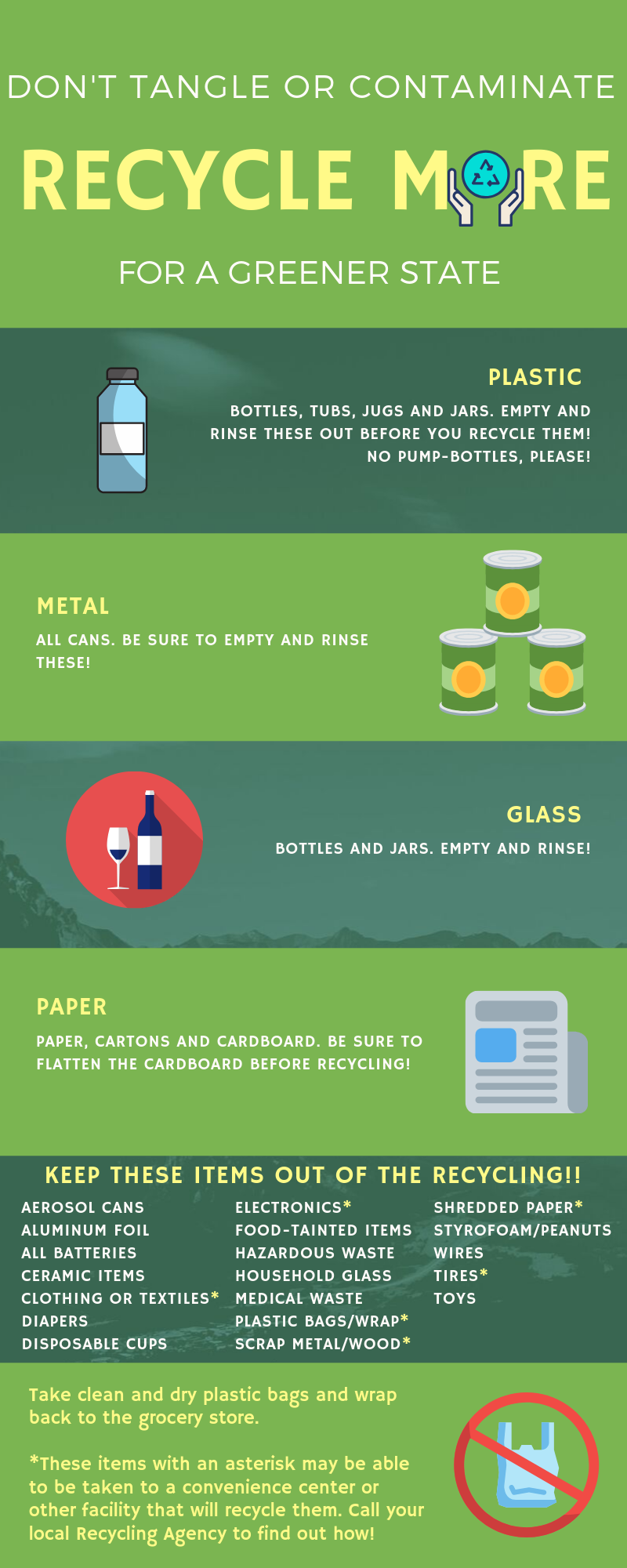Your Comprehensive Guide To Selecting The Correct Dumpster Size For Any Type Of Project
Your Comprehensive Guide To Selecting The Correct Dumpster Size For Any Type Of Project
Blog Article
Published By- https://www.ibj.com/articles/fast-25-fire-dawgs-junk-removal
When starting a job that needs a dumpster, the dimension you pick can substantially affect its performance and cost-effectiveness. Visualize having the excellent container that accommodates all your waste without being excessively big or as well little. It all begins with recognizing the nuances of your project and selecting a dumpster dimension that straightens with your specific requirements. So, prior to you choose, take into consideration the factors at play to make certain a smooth waste monitoring process from beginning to end.
Variables to Consider
When selecting the right dumpster size, there are several crucial elements to consider.
First, think about the type of waste you'll be disposing of. Different products might require differing quantities of area, so understanding what you'll be placing in the dumpster is critical.
Next, evaluate the amount of waste you expect to produce. If you ignore the volume, you might need to make multiple journeys to get rid of whatever, which can be bothersome and expensive. On the other hand, leasing a dumpster that's as well big can result in unneeded expenses.
Furthermore, take into consideration the area where the dumpster will certainly be positioned. Ensure there suffices room for the dumpster to be supplied and grabbed without any blockages.
Lastly, think of any weight constraints that may use. Exceeding the weight limitation can result in added fees or even the refusal of service.
Dumpster Dimension Options
For picking the best dumpster size, it's necessary to have a mutual understanding of the available choices. Dumpster sizes typically vary from 10 to 40 cubic backyards, with variations in between.
A 10-yard dumpster appropriates for little projects like a garage cleanout or a small improvement. If you're dealing with a medium-sized task such as a kitchen remodel or a cellar cleanout, a 20-yard dumpster may be the right choice.
For larger tasks like a whole-house restoration or commercial building, a 30 or 40-yard dumpster could be more suitable to suit the volume of waste produced.
When selecting a dumpster dimension, think about the quantity and sort of debris you anticipate to throw away. It's far better to choose a slightly bigger size if you're uncertain to prevent overfilling. Remember, it's more affordable to rent a dumpster that fits your demands as opposed to having to order an added one.
Matching Size to Task
Optimally matching the dumpster size to your task is critical for effective waste management. To determine fort worth dump stations , consider the scope and nature of your job.
For tiny house cleanouts or improvements, a 10-yard dumpster might suffice. These are generally 12 feet long and can hold about 4 pickup lots of waste.
For bigger tasks like redesigning multiple rooms or cleaning out a big estate, a 20-yard dumpster may be better. your domain name are around 22 feet long and can hold roughly 8 pickup truck tons.
If you're dealing with a major construction task or business restoration, a 30-yard dumpster could be the best fit. These dumpsters are about 22 feet long and can suit about 12 pickup tons of particles.
Matching the dumpster dimension to your project guarantees you have adequate area for all waste products without paying too much for extra ability.
Verdict
To conclude, picking the ideal dumpster dimension for your job is essential for efficient garbage disposal. By taking into consideration factors like the kind and quantity of waste, area accessibility, weight limitations, and budget restraints, you can ensure you have the appropriate dimension dumpster for your requirements. See to it to match the dimension of the dumpster to the scope and nature of your project to avoid overspending on unnecessary expenditures.
